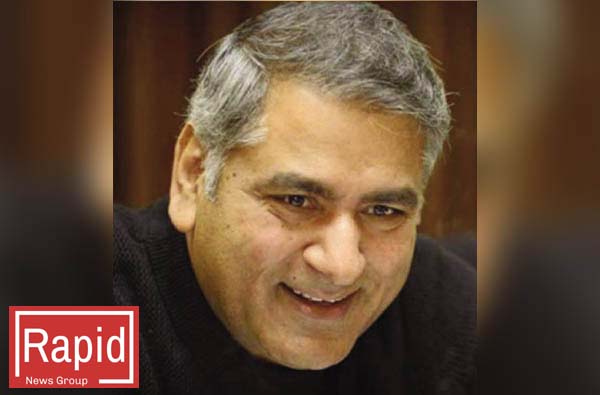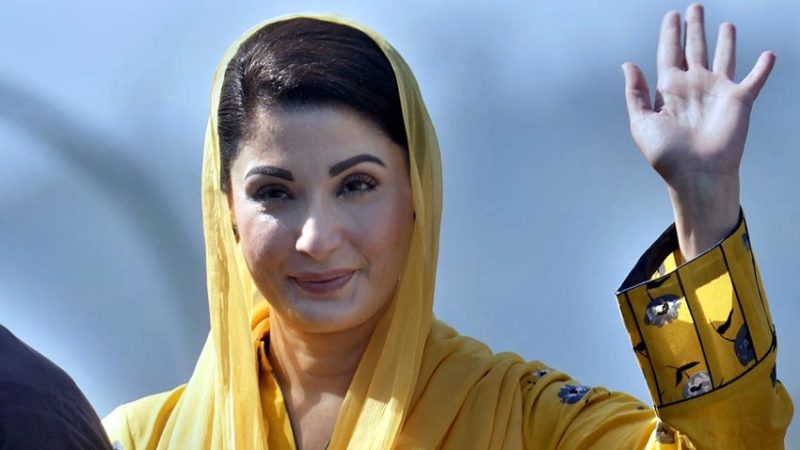Existing Pakistani oil sources and new discovery – A dream that might come true

BY DR ASHRAF CHOHAN
EX MPA (PUNJAB)
CHIEF EDITOR DAILY RAPID NEWS
Pakistan has significant reserves of oil, although they are relatively small in comparison to some of the leading oil-producing countries. Here are key details about Pakistan’s oil reserves and production:
Proven reserves of crude oil in Pakistan are estimated to be around 352 million barrels as of 2023. These reserves are primarily located in the southern and northern regions of the country, particularly in Sindh, Punjab, and Khyber Pakhtunkhwa.
Pakistan’s daily oil production ranges from 80,000 to 90,000 barrels per day (bpd), which is only a fraction of its domestic consumption. This production accounts for only about 15% of the country’s oil needs, forcing Pakistan to import a significant amount of crude oil to meet its energy demands
.

Kohat Basin (Khyber Pakhtunkhwa): A growing region for oil exploration, contributing significantly to national production. Potwar Basin(Punjab): Historically important, with some major oil fields like Meyal and Dhurnal. Sindh Region This region, particularly around Badin and other southern areas, holds important reserves and is a key player in production.
Domestic and international companies are involved in Pakistan’s oil sector, including Oil and Gas Development Company Limited (OGDCL), Pakistan Petroleum Limited (PPL), and MOL Pakistan (a Hungarian company).
Exploration Activities The government has been pushing for increased exploration activities, offering incentives to oil exploration companies to enhance the country’s oil output.
Despite ongoing exploration, Pakistan’s oil reserves remain relatively modest compared to global standards.
Due to limited domestic production, Pakistan relies heavily on oil imports, with most of its crude oil coming from the Middle East, particularly Saudi Arabia and the UAE.
These reserves play a role in the country’s energy strategy, though the focus remains on increasing production and discovering new reserves to reduce dependence on imports.
Pakistan has reason to cheer after the reported discovery of a significant deposit of petroleum and natural gas in its territorial waters. The development comes at a time when the South Asian country is reeling from an economic crisis.
A senior security official in Pakistan said that these reserves have the potential to “change the country’s destiny”. However, some say it is too soon to claim that Pakistan has found massive oil and gas reserves. Its reported the oil and gas reserves were unearthed after Pakistan conducted a three-year survey in collaboration with a friendly country. With this survey, Pakistan has discovered the location of the deposits. According to some estimates, this is the “fourth largest” oil and gas reserves in the world. Venezuela has the largest amount of oil reserves with over 3 billion barrels, followed by Saudi Arabia, Iran, Canada and Iraq. The United States is believed to have the most untapped shale oil reserves.
Pakistan is bearing the brunt of high energy and fuel prices. The country spends a major part of its foreign exchange reserves on petroleum imports alone. Any big discovery of oil reserves could help meet the country’s energy needs, making fuel and gas cheaper for the inflation-hit population. It will also save Pakistan’s foreign exchange reserves, which dwindled to as low as $2.9 billion in February 2023 before reaching a two-year high of $9.4 billion this June.
Pakistan spent $17.5 billions on energy imports last year. This is likely to double to $31 billion in seven years. Currently, the country meets 29 per cent of gas, 85 per cent of oil, 20 per cent of coal and 50 per cent of liquefied petroleum gas (LPG) requirements through imports. Pakistan could benefit from the “blue economy”, which the World Bank defines as the “sustainable use of ocean resources to benefit economies, livelihoods and ocean ecosystem health”. Besides oil and gas, valuable minerals and elements can be mined from the ocean. The proposals for bidding and exploration were being examined, indicating that the exploration could begin sooner rather than later.
However, digging wells and extracting oil could take several years. A former Oil and Gas Regulatory Authority (Ogra) member Muhammad Arif said the country should be “optimistic” but it is never a 100 per cent guarantee that the reserves would be discovered as expected. He said whether these reserves would be able to fulfil Pakistan’s energy needs depends on the size and “recovery rate of the production”. “If this is a gas reserve, it can replace LNG imports and if these are oil reserves, we can substitute imported oil.” Calling it “wishful thinking” for now, Arif said the prospects of the reserves need to be studied first and the drilling process has to begin. He explained that exploration alone would require a whopping investment of about $5 billion, adding it could take four to five years to extract reserves from an offshore site. Sources in Pakistan’s Petroleum Division pointed out that the discovery of these oil and gas reserves can be confirmed only after exploration. “A geological survey was conducted to search for oil and gas in the sea.
These sources said that Pakistan has conducted searches for oil and gas reserves in the sea several times before. “Until gas or oil is discovered, the size of the reserves cannot be determined. A top official of the Oil & Gas Development Company (OGDCL) told CNN-News18 that it was too early to claim that Pakistan has found massive hydrocarbon reserves. “It’s just a seismic assessment in the Arabian Sea,” the official said. “A seismic survey only provides knowledge about the formations below the sea surface. This was also attempted in 2018.” Last month, the Pakistan government announced its intention to auction 20 offshore blocks for oil and gas exploration. Earlier in July, Prime Minister Shehbaz Sharif had said exploring oil and gas reserves in the country was the government’s “top priority”. For this, the South Asian country was expected to acquire an investment of $5 billion over the next three years from local and international firms.







